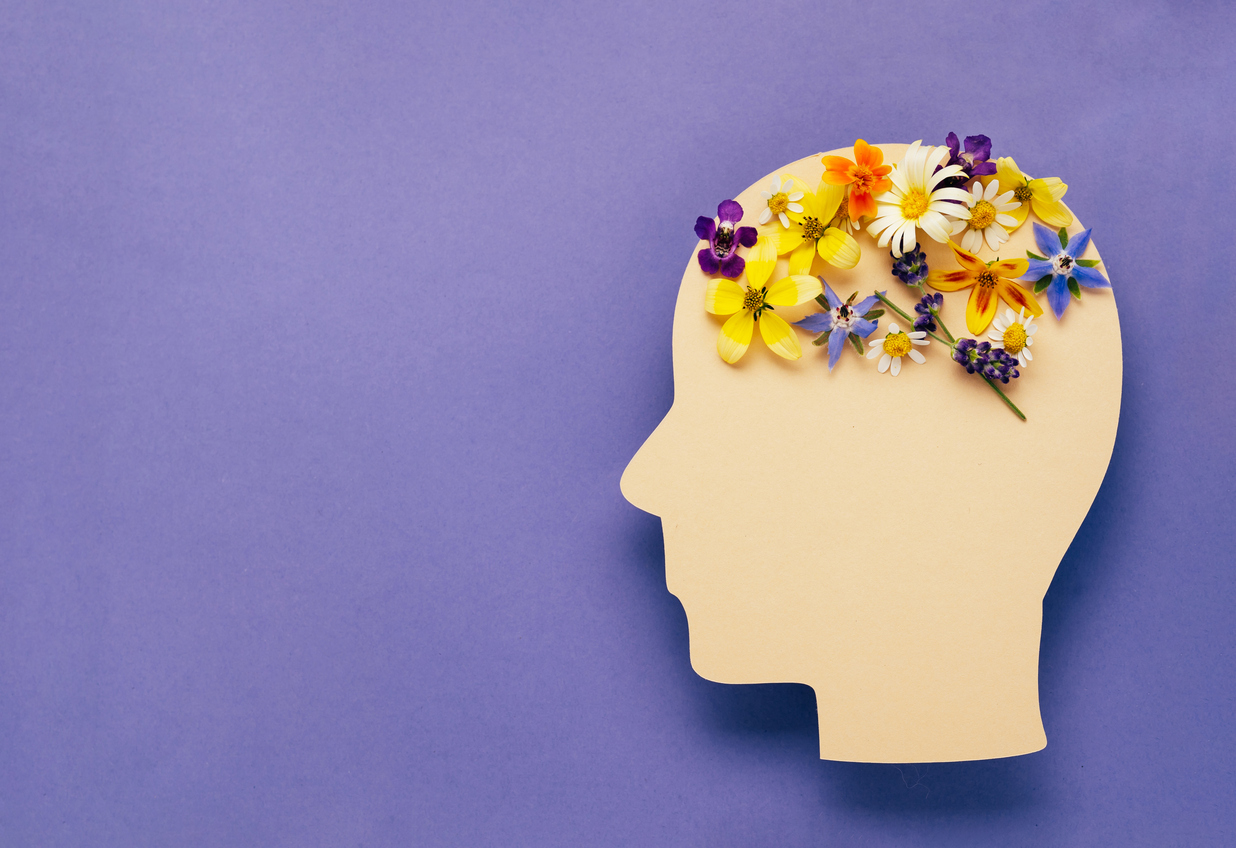
May is Mental Health Awareness Month and there is no better time to share resources or incorporate strategies and activities in the classroom that will benefit all students. As the school year winds down, which can lead to high-stress activities, such as state testing, AP exams, and transition/graduation requirements, remind students to check-in with themselves and give them opportunities to focus on their well-being and mental health.
As educators, we have a profound impact on the lives of our students beyond just academics. Promoting mental health awareness and providing support for our students’ well-being is an essential part of our daily role. In today’s fast-paced and often stressful world, it’s more important than ever to find time and quick activities to prioritize mental health in the classroom. Here are five strategies and activities that educators can incorporate this month to help create a supportive environment and improve student mental health.
Daily Check-Ins
Start each day with a brief check-in activity where students can express how they’re feeling. This can be as simple as having students write or draw their emotions on a feelings chart, engage in a quick journal activity about their life, or engage in a think-pair-share with a partner. Encourage students to reflect on why they might be feeling a certain way and offer support for those who may be struggling. This activity promotes self-awareness, empathy, and creates a supportive classroom environment where students feel heard and understood.
Peer Support Circles
Organize peer support circles where students can come together to share their thoughts, experiences, and challenges in a safe and supportive environment. This can be done through structured group discussions, sharing circles, or small group activities focused on specific topics related to mental health and social-emotional learning. Topics could include environmental or global stressors, emotional intelligence, problem-solving scenarios, or conflict resolution, just to name a few. Encourage active listening, empathy, and respect for diverse perspectives within the group. Peer support circles provide an opportunity for students to connect with one another, build social-emotional skills, and receive support from their peers.
Empathy-Building Activities
Engage students in activities that promote empathy and understanding of others’ perspectives and experiences. This can include role-playing scenarios, storytelling exercises, or empathy-building games where students take on different roles and consider how others might feel in various situations. This can be a particularly good activity for elementary students who are still learning and understanding perspective-taking skills. Teachers can encourage structured discussions about empathy, compassion, and the importance of supporting one another, both inside and outside the classroom through essential questions such as, “can you think of a time when understanding someone else’s point of view helped you resolve a conflict or problem?” or “what are some challenges you might face when trying to put yourself in someone else’s shoes?” By fostering empathy, students develop stronger interpersonal skills and contribute to a more inclusive and supportive school community.

Mindfulness Moments
Incorporate mindfulness exercises into the daily routine to help students relax, focus, and manage stress. This can include guided breathing exercises, mindful listening activities, or brief moments of silent reflection. Consider using apps or online resources that offer guided meditation or mindfulness exercises tailored for classroom use. By practicing mindfulness regularly, students can develop important self-regulation skills and improve their overall well-being.
Social-Emotional Themed Art Activities
Encourage students to express themselves creatively through art, writing, or other forms of creative expression that focus on social-emotional learning themes such as emotional regulation, self-esteem, and interpersonal relationships. Provide opportunities for students to explore their thoughts and feelings through art projects, journaling prompts, or creative writing exercises. Display student artwork and writings around the classroom to promote a sense of pride and belonging. Creative expression allows students to process their emotions, build self-confidence, and develop important communication skills.
By integrating these activities into the classroom, teachers can create a supportive and nurturing environment where students feel valued, understood, and empowered to prioritize their mental health and well-being. These activities not only promote social-emotional skills but also foster a positive classroom culture where students thrive academically and emotionally.
Seeking more resources to enhance your professional learning?
Sign up to receive our blog updates.
Monet Hendricks is the blog editor and meme connoisseur for Social Studies School Service. Passionate about the field of education, she earned her BA from the University of Southern California before deciding to go back to get her Master’s degree in Educational Psychology. She attended the graduate program at Azusa Pacific University pursuing her post-grad Educational Specialist degree in School Psychology and Applied Behavior Analysis and currently works as a School Psychologist in Los Angeles, CA. Her favorite activities include traveling, watching documentaries on mental health, and cooking adventurous vegetarian recipes.
